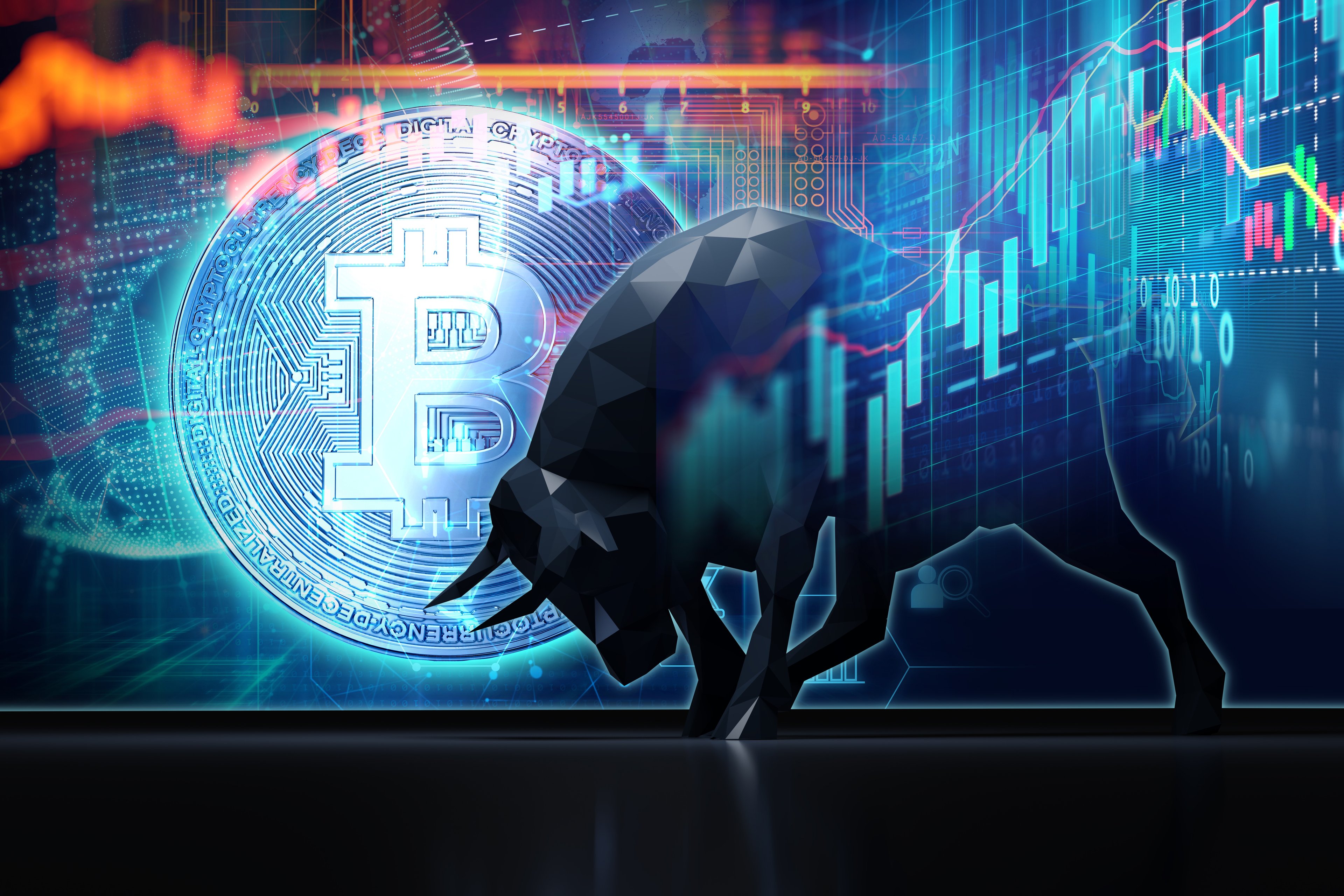The cryptocurrency market is currently worth $3.8 trillion. That represents a total return of 180% (or about 41% annually) during the last four years. Morningstar analysts expect the market to hit $7.8 trillion by the end of 2034, a modest estimate that implies 105% upside during the next decade.
Applying that estimate to XRP (XRP 0.41%), which currently trades at $3, would bring its price to $6.15 by the end of that period. But XRP has typically delivered above-average gains versus the broader market. For instance, its price increased 360% in the last four years, and that trend will likely continue given its status as the third most-valuable cryptocurrency.
Indeed, Geoffrey Kendrick at Standard Chartered estimates XRP could hit $12.25 in just five years, which implies a total return of 310% (or 36% annually) through 2029. My prediction is a little more cautious: I think XRP can triple to reach $9 over the next decade as adoption of stablecoin Ripple USD (RLUSD +0.08%) and approval of spot XRP exchange-traded funds (ETFs) boost demand for the cryptocurrency.
Here's why that could happen.

Image source: Getty Images.
The XRP blockchain is a cheaper alternative to traditional cross-border payments solutions
XRP is the native cryptocurrency on the XRP Ledger, a blockchain designed by financial technology company Ripple to make cross-border payments and currency exchanges less expensive and faster. Today, international payments often move through the SWIFT (Society for Worldwide Interbank Financial Telecommunications) system, but that usually involves intermediaries that make transactions costly and time consuming.
Ripple eliminates that friction. Its payments platform uses XRP and the stablecoin Ripple USD to settle cross-border payments and foreign currency exchanges in seconds at a fraction of what traditional solutions like the SWIFT system cost. While fewer than 200 institutions have partnered with Ripple, the recent introduction of RLUSD stablecoin could bring more banks and fintech companies to the platform.
To elaborate, while using XRP to move money has always been fast and inexpensive, it also carried the risk of significant price swings in the XRP token. But transactions denominated in RLUSD, which still require XRP for transaction fees, eliminate that risk because its value is tied to the U.S. dollar.

CRYPTO: XRP
Key Data Points
Spot XRP ETFs could unlock demand among retail and institutional investors
Retail and institutional investors have become increasingly comfortable with digital assets, especially highly visible ones like XRP. However, crypto exchanges like Coinbase are still a source of friction, especially for institutional investors, due to high transaction and custody fees, and the need to create and maintain a separate account just for digital assets.
Several asset managers have applied with the Securities and Exchange Commission (SEC) to create spot XRP ETFs. Those funds would reduce that friction by charging lower fees and trading on traditional stock market exchanges, meaning investors could get direct exposure to XRP through existing brokerage accounts. A simpler path to adoption could incentivize more retail and institutional investors to participate in the market.
Indeed, Bitcoin is up 160% since the SEC first approved spot Bitcoin ETFs in January 2024. It's reasonable to think XRP could generate similar returns if spot XRP ETFs are approved. And approval seems likely given the Trump administration's pro-cryptocurrency standing.
Most notably, Paul Atkins has become SEC chairman. Also, the Genius (Guiding and Establishing National Innovation for U.S. Stablecoins) Act, which would legitimize assets like RLUSD, recently passed the Senate and is expected to win approval in the House this week.
Cryptocurrency is a volatile and risky asset class
I would be remiss not to include this warning: Cryptocurrency is still a relatively new asset class, and it has been quite volatile in the past. There is no guarantee that XRP will be worth more in the future, so investors should never put money into any cryptocurrency if they are not prepared to lose it.
Additionally, even if XRP does triple to reach $9 in the next decade, the token's price will likely suffer steep declines along the way. Investors uncomfortable with extreme volatility -- I mean watching your investment decline 50% or more -- should steer clear of XRP.










